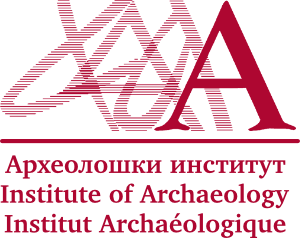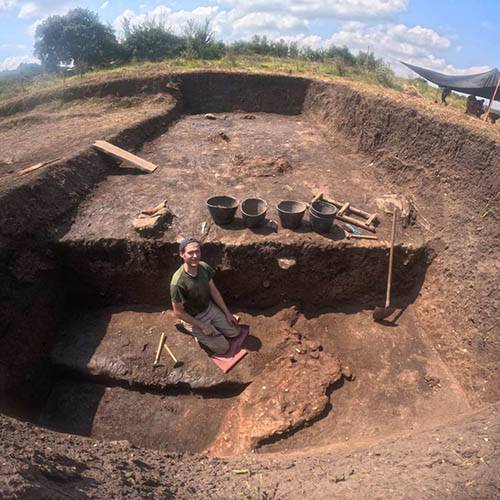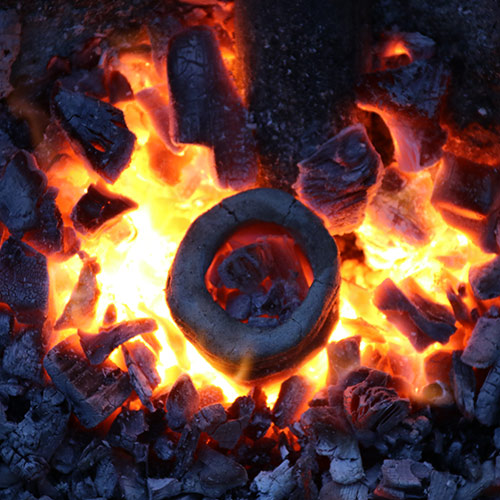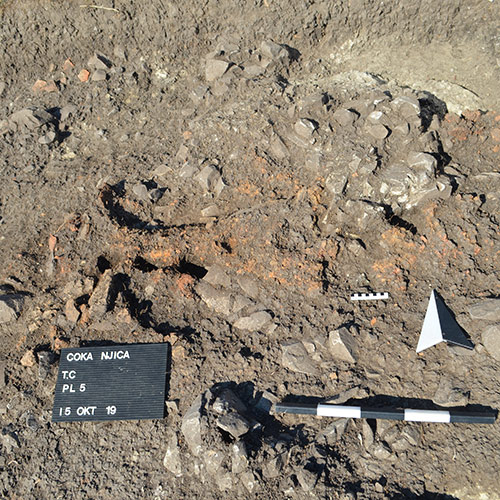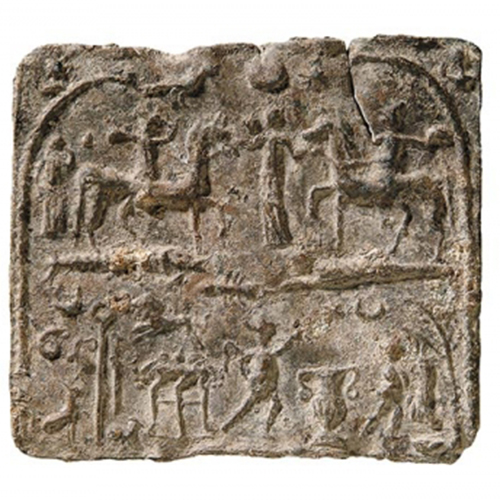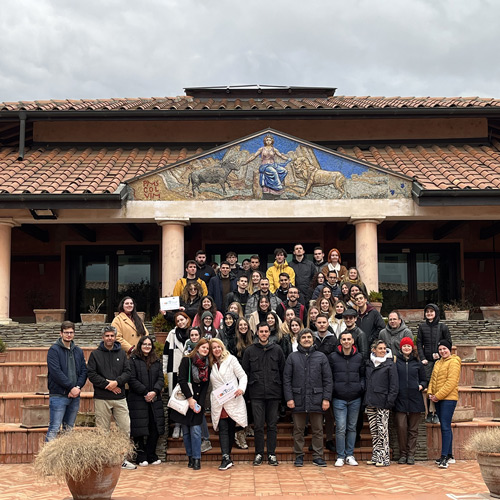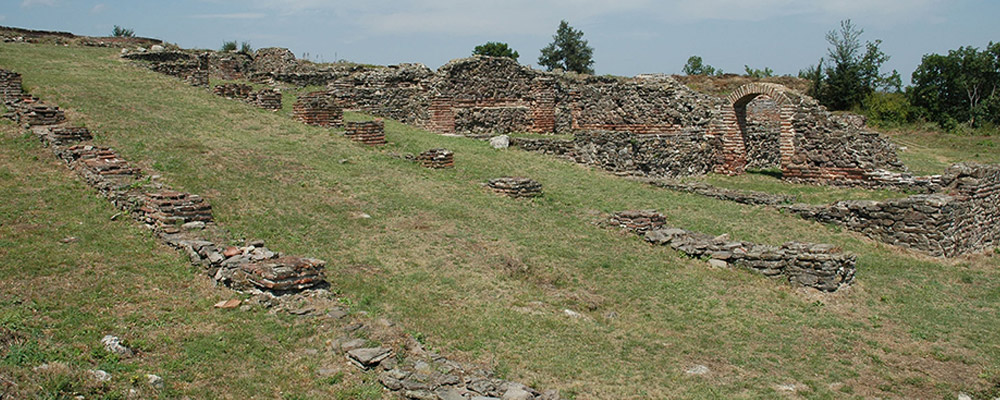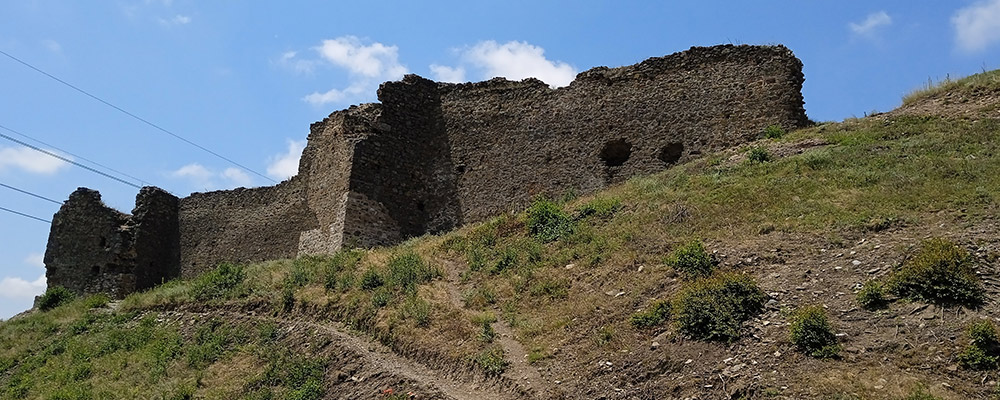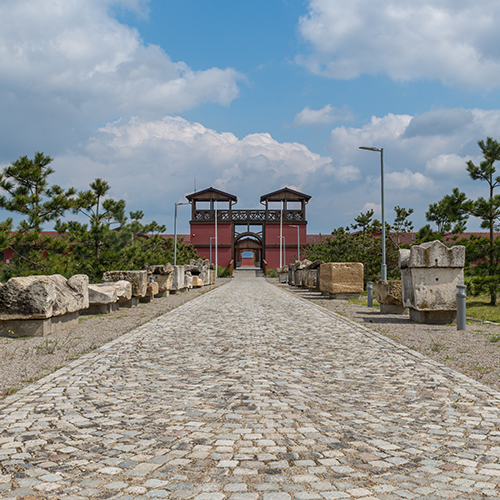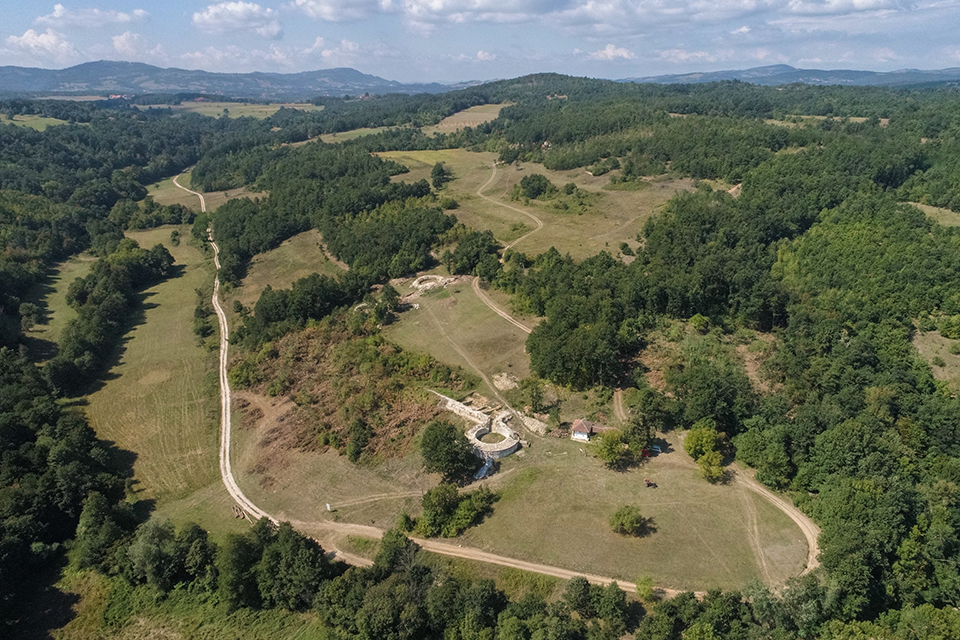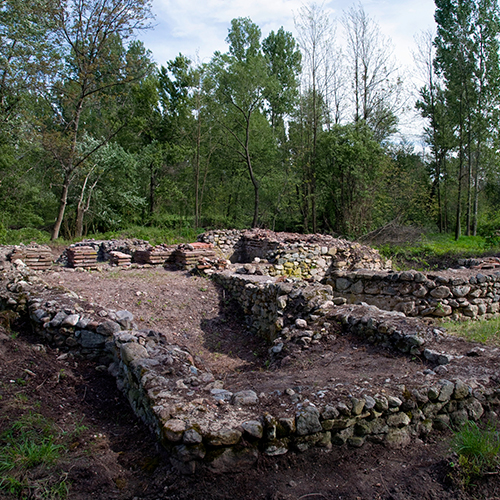NEOTECH (Neolithic Technological Trajectories in the Balkans)
An international team of experts from Serbia, Austria, Germany, and Great Britain, together with numerous collaborators from both domestic and international locations, are dedicatedly engaged in researching the site, employing the latest methodological principles and standards.
Jadar Project
The multidisciplinary project, known as the Jadar project, focusing on archaeological research of settlement systems, burials, and mineral resources in the Bronze Age of north-western Serbia, has been ongoing since 2011, through the collaborative efforts of the Institute of Archaeology from Belgrade, Serbia, and Brooklyn College of the City University of New York, USA.
The Bronze Age in north-eastern Serbia – metallurgy, settlements and necropoles
Archaeological research was conducted in 2019 and 2021, during which time, in addition to residential buildings devastated by erosion, a copper smelting installation was discovered. Ceramics from this context belong to the Middle Bronze Age.
ASPECTS OF THE CULT OF THE SO-CALLED DANUBIAN RIDERS IN THE ROMAN PROVINCES
Representations of horsemen in Antiquity are known in different contexts, such as profane, sacred or funerary. The iconography and symbolism of equestrian performances imply a tradition of local beliefs and ritual practices that differ from area to area, but also in a chronological sense.
COOLTOUR
How should cultural heritage be promoted among younger generations, given it is an expression of complex historical, social and cultural circumstances, as well as part of a wider and complex relationship with the natural environment? How should we nurture the dialogue and interaction of youth with professionals who manage cultural heritage in our cities and countries?
Early Middle Ages
The work in the field of archaeology of the Early Middle Ages includes the study of the processes that marked the end of Antiquity in the Central Balkans: the vanishing of administration and cities, the collapse of the border and economy and massive depopulation, followed by the arrival of newcomers. The period of Slavic settlement saw
Middle Ages and Early Modern Age
In the context of exploring the later stages of the Middle Ages, our research delves into the study of settlements, fortresses, monasteries and necropolises in the territories which that belonged to the Serbian and Hungarian medieval state (south and north of the Sava and Danube). Additionally, a particular focus of our investigation is dedicated to examining
VRELO – ŠARKAMEN NEAR NEGOTIN
The Roman site of Vrelo is located 4 km west of the village of Šarkamen, which is located about 20 km northwest of Negotin, in eastern Serbia. Šarkamen is a fortified residence, and the memorial complex with a mausoleum and the tumulus are dated to the beginning of the 4th century and are ascribed to the
TIMACUM MINUS – RAVNA NEAR KNJAŽEVAC
The Roman fortification of Timacum Minus was the administrative centre of the Roman mining area, and is dated from the mid-1st to the mid-5th century AD. The site is located on the left bank of the Beli Timok river, about 400 m east of the village of Ravna, which is 10 km northwest of Knjaževac, in
